(279 products available)








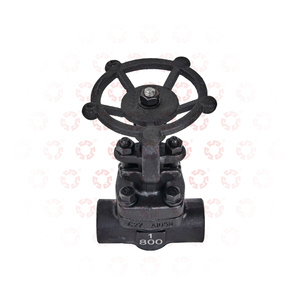
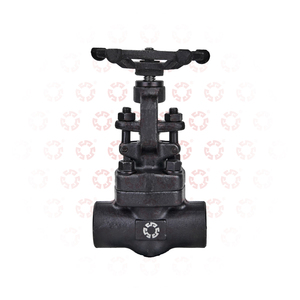
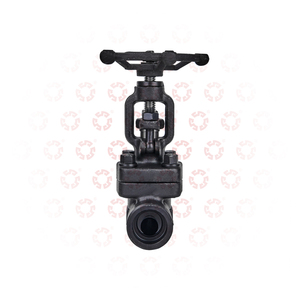
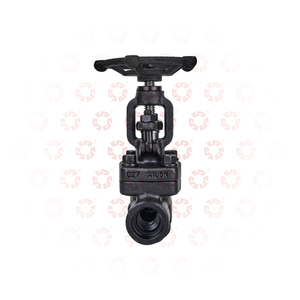


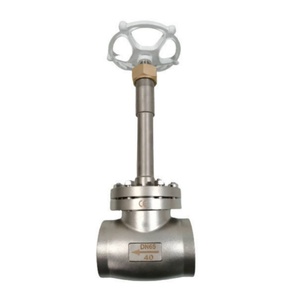













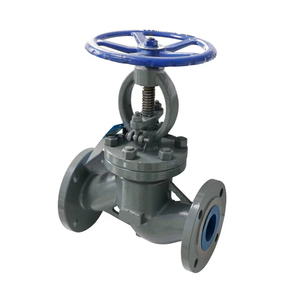
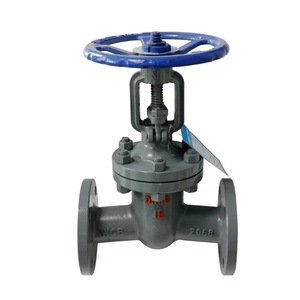




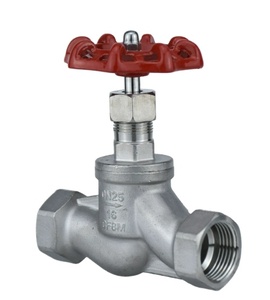



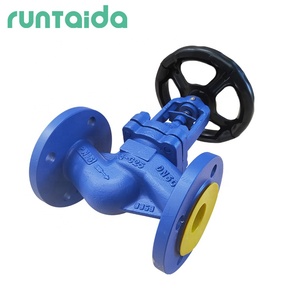











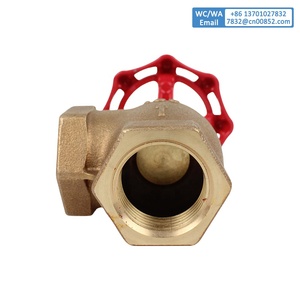








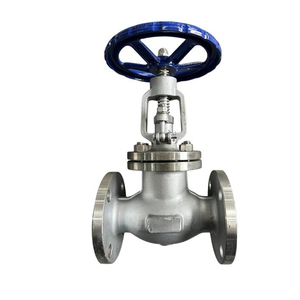

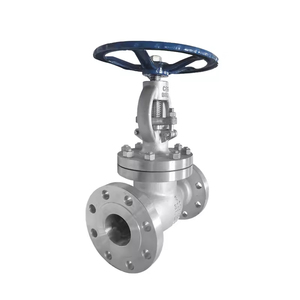




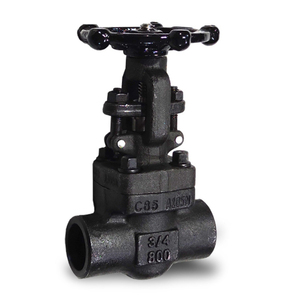
























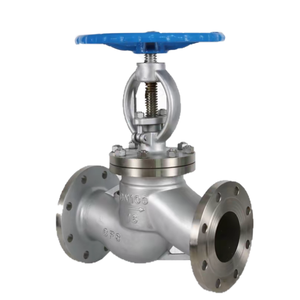


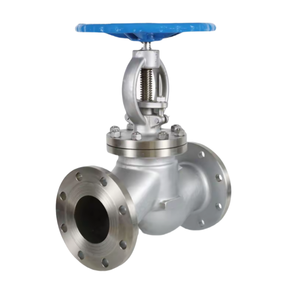




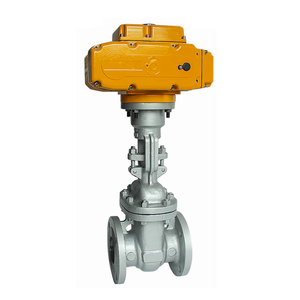


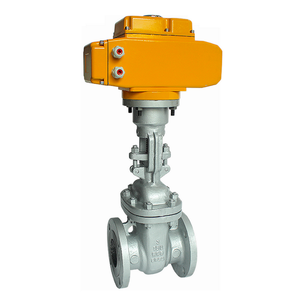
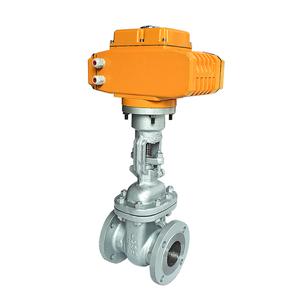





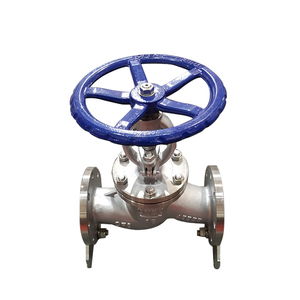
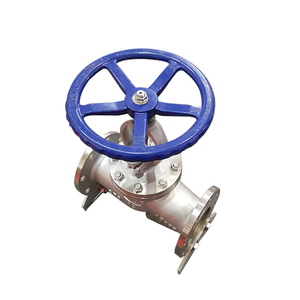



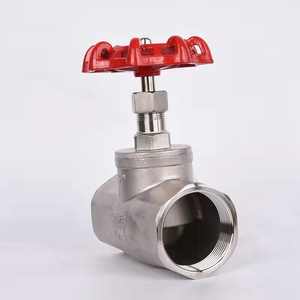





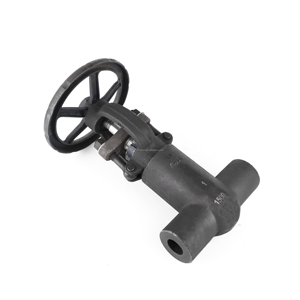

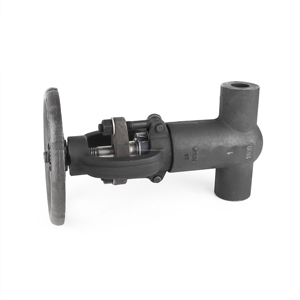

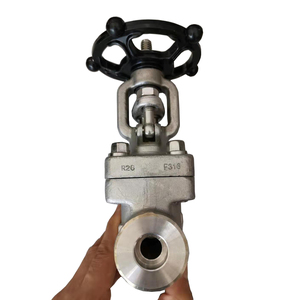


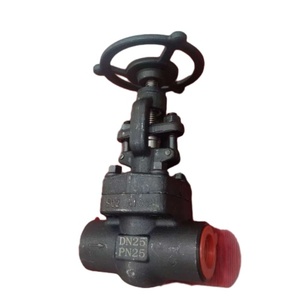

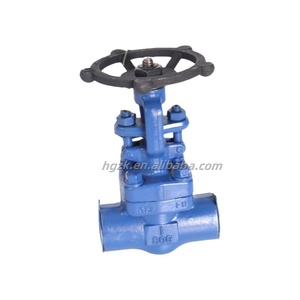


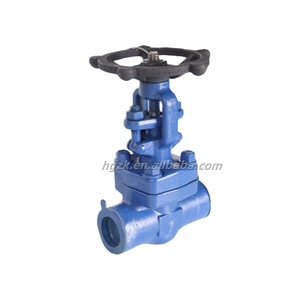





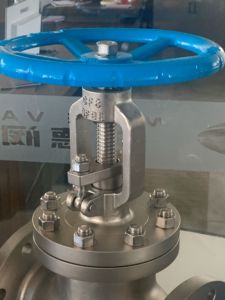


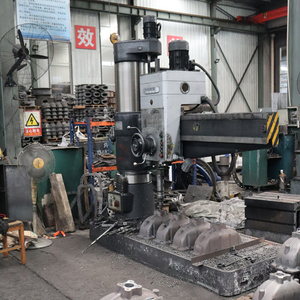






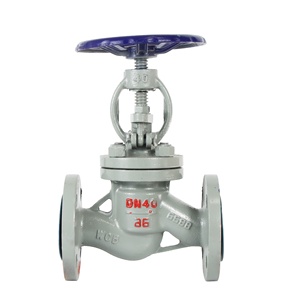

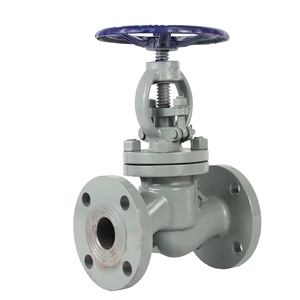


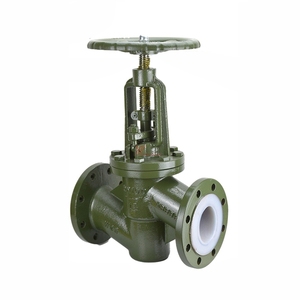
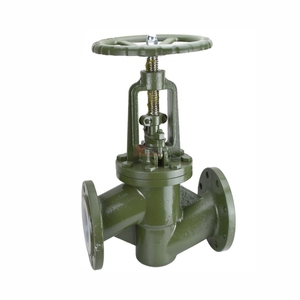


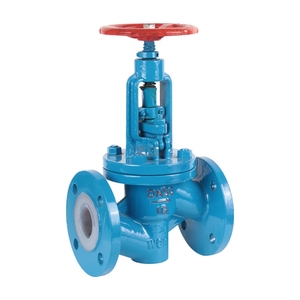



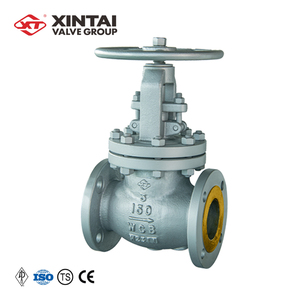








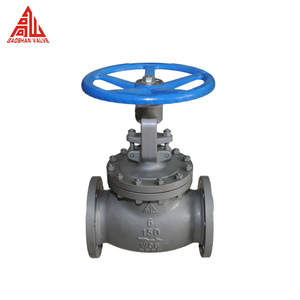

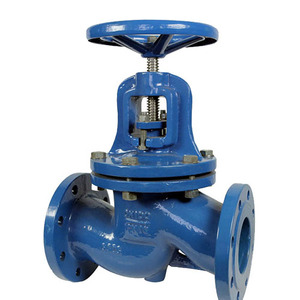





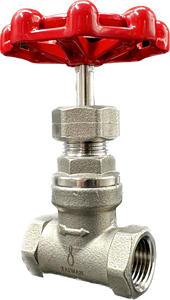



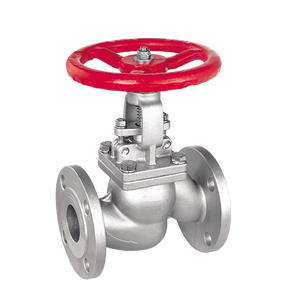

There are a number of class 150 globe valve types, and in this section the focus will be on their differences and uniqueness to appreciate the diversity that exists in the market.
Class 150 globe valves are manufactured using various materials, including stainless steel, cast iron, and brass. Each material has advantages that influence application. For instance, stainless steel valves are ideal for corrosive environments due to their strength. Cast iron, on the other hand, is used widely in industries that require durable yet cost-effective solutions. There is brass, which is often preferred for its lightweight features and resistance to corrosion. Hence, available options enable businesses to choose materials suitable for their operating conditions.
Class 150 globe valves come with different thread standards, such as NPT (National Pipe Thread), BSP (British Standard Pipe), and ANSI (American National Standards Institute). Each of these thread types serves a particular need in distinct regional markets. For instance, BSP threads are more popular in Europe, while NPT threads have a larger market share in North America. Ultimately, aligning the thread type with the piping system standards in a certain area ensures seamless integration into existing infrastructure.
This type of globe valve can be divided into manual, electric, and pneumatic. Manual globe valves are operated with hands; electric and pneumatic globe valves are operated without human intervention. These two types are suitable in areas that require automated operations. This makes them perfect for industries where efficiency and speed are of the essence.
Class 150 globe valves are designed with various body configuration styles to meet unique system requirements. The most common designs include straight-pattern, angle-pattern, and Y-pattern valves. Straight-pattern valves are widely used in most applications. Angle-pattern valves are better used in situations where pipeline orientation needs to be changed. The Y-pattern design works great for higher pressure situations because it provides better flow resistance.
A class 150 valve is used in many industries, and each of the industries has its own special needs and requirements.
Water and wastewater treatment facilities use Class 150 globe valves to control water flow and process-important chemical infusion. These valves can handle the fluctuations in pressure that are so common in these dynamic environments. Furthermore, their corrosion-resistant attributes ensure longevity and reliability amid the potentially corrosive elements that are present in wastewater.
In the oil and gas industry, Class 150 globe valves regulate and control fluid and gas flow. They are suitable for moderate pressure and temperature handling in pipeline systems. The robust construction of these valves ensures they can handle the tough elements involved in oil and gas extraction and refining.
Globe valves are a vital component in steam control for power generation facilities. Class 150 globe valves are frequently used in this space due to their ability to manage high-pressure steam flow with tremendous precision. Their reliability and ability to withstand tough operational conditions make them indispensable in power-generating facilities.
In manufacturing facilities, Class 150 globe valves control and regulate liquid and gas flows in the production process. These valves are especially useful in chemical processing, where precise flow regulation determines product quality. Their versatile construction materials allow them to handle a wide range of chemical substances.
Class 150 globe valves are used in heating, ventilation, and air conditioning systems to control fluid circulation. They ensure that the correct amount of heated or cooled fluid moves through the system to maintain desired temperatures. Their ability to operate smoothly and withstand moderate pressure makes them ideal for these applications.
In marine applications, Class 150 globe valves are used in onboard systems, such as ballast and cooling water pipelines. Their ability to withstand high pressure, coupled with corrosion-resistant properties, ensures their reliability in the harsh marine environment.
This section highlights the unique features of the Class 150 globe valve and how the features listed contribute to the valve's effectiveness and efficiency.
The pressure rating of a globe valve refers to the maximum pressure it can endure while in operation. A Class 150 globe valve can resist up to 150 pounds per square inch (psi) in the United States' system of measurement. This makes it effective in moderate-pressure applications while ensuring stability.
The construction materials of Class 150 globe valves differ from one type to another. Typically, they range from cast iron and brass to stainless steel and carbon steel. Every material has its unique properties that make it ideal for use in its own respective environment. For example, cast iron features excellent wear resistance, while stainless steel provides exceptional anti-corrosion properties.
The globe valve is designed to provide precise control over fluid flow. The shape of the valve allows for fine adjustment as the valve disc moves either closer or farther from the seat. This feature is very critical to industries where accurate flow rate control has a direct impact on operational efficiency and product quality.
Class 150 globe valves use various sealing systems, such as packing and O-rings. These seals play an important role in preventing the fluid from leaking and also help to protect the valve from any contaminants that might be inside the system. A good sealing system will enhance the valve's operational efficiency as well as its lifespan.
Class 150 globe valves can either be full-port or standard-port designs. The standard port reduces pipe diameter to give a smaller port opening that provides flow restriction. On the other hand, the full port design maintains the original pipe's diameter. This allows easy flow and valve maintenance, which makes it more suitable for pipe cleaning.
These valves can work seamlessly in a temperature range between -29 to 180 degrees Celsius for liquids. In the case of steam, the valves can still work in a temperature range between -29 and 450 degrees Celsius. These valves are, therefore, reliable even in moderate heating and cooling processes.
The Class 150 globe valve selection depends on several factors. These factors are the ones that determine the performance and reliability of the valve in a given situation.
The valve construction material and fluids or gases passing through them should be compatible with each other. For instance, fluids containing corrosive elements must be dealt with using a globe valve made of corrosion-resistant materials like stainless steel. Likewise, fluids with high particulate matter content are best suited for valves made of strong materials like brass and cast iron.
The valve must withstand both the pressure and temperature of the application environment. A Class 150 valve can handle moderate pressure and temperature. Anything outside these ranges calls for a different valve class. Thus, knowing the operating conditions before purchasing a valve is important.
Thread type (NPT or BSP) end connections significantly impact integrating the globe valve into an existing system. The connection should match the current piping system for an effective yet seamless installation. Alternatively, using a connection that does not match can result in modifications that affect the overall system's integrity.
The Class 150 valve size should relate to the pipeline diameter in the system where it will be installed. A larger valve provides better flow since it maintains the original pipeline diameter. On the other hand, a smaller valve is easier to fit into tight spaces but may affect the flow. Thus, carefully balancing operational needs and physical constraints is important.
Class 150 globe valves need some maintenance to keep them operating effectively. The good news is that some valves are more maintenance-free than others. These include those with fewer internal components or designs that can easily be accessed for repairs. Choosing such valves saves on maintenance time and costs, especially in high-demand environments.
A1: This tool is used for handling moderate-pressure and temperature applications. It is also used in industries that require precise flow regulation. These industries include water treatment, oil and gas, and power generation.
A2: These valves are frequently manufactured from brass, cast iron, stainless steel, and carbon steel. Each of these materials has properties that make them ideal for use in certain environments and conditions.
A3: All Class 150 valves have a pressure rating of 150 psi. Other valves may have different pressure ratings. This allows the Class 150 globe valve to be used in specific temperature and pressure environments.
A4: Yes, these valves can handle steam. They can handle temperature ranges up to 450 degrees Celsius in such cases.
A5: The design affects flow rate and maintenance ease. The full-port design allows easy flow through the valve, while the standard port restricts flow. The restriction can help with cleaning out the pipes.